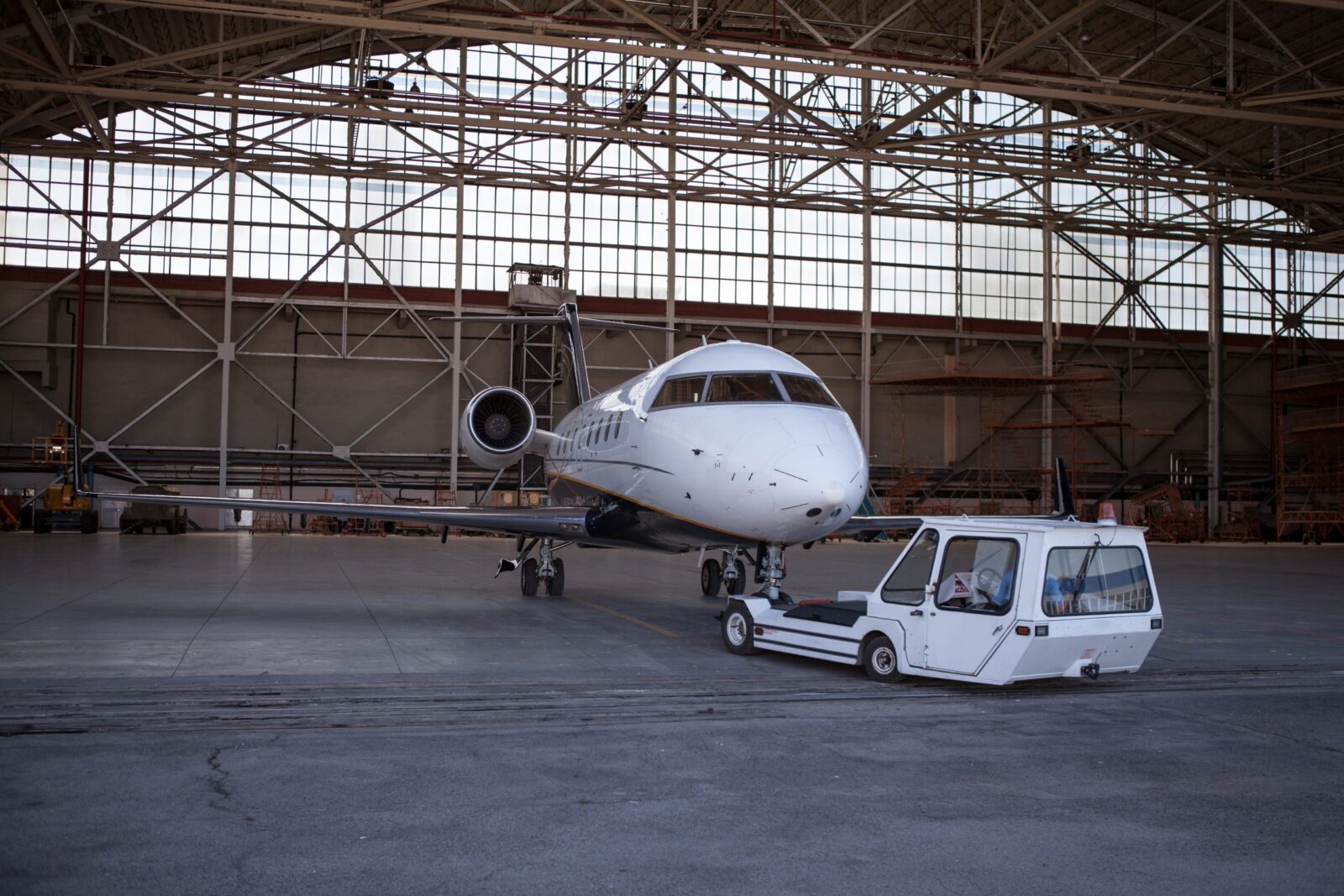It’s commonly accepted that flight departments should be doing a risk assessment for their flights. The only question for most operators is how often.
For operators newer to risk assessments, they should consider doing them more frequently initially, to establish a baseline of what risks they commonly face and how often. This will make it easier later to single out flights that have elevated risks, identify trends, and review data related to SPIs.
However, beyond an initial phase, how often should you do risk assessments?
The ideal answer – every flight.
If your operation can do risk assessments for every flight, then it should. Even if the flight feels low-risk, there might still be underlying issues that aren’t immediately apparent.
You’ll ultimately gain a better understanding as well as data points for risks and hazards that you face with data from every flight. This will pay dividends when it comes to analyzing your flight safety and help you better target trends.
Remember: It’s on the routine flight that’s been done a thousand times where complacency can set in.
If not every flight – pick the right cadence for your operation.
If every flight is not realistic – you should consider the complexity of your operation to determine how often you need to be doing FRATs.
For example:
- Before the first flight of each trip or first flight of each day.
- Based on the number of flights flown.
How to pick the right cadence.
We have created a chart outlining common elements that can affect the complexity of an operation. See where you fall on the scale to determine the right frequency for you.
When thinking about your routine flights how would you rank the following:
| More Complex | More Uniform | ||
| Variation between times of day | Never know when we leave | Same timeframe every flight | |
| Variation between destinations | Never know where we are going | Same destinations every flight | |
| Variation between flight purpose | Any mix of pax, no pax, ferry, reposition, etc. | Same purpose every flight | |
| Frequency of flights | Varying cadence of flights, periods of frequent flights and/or extended downtime | Stable cadence of flights | |
| Weather variability | Fast changing weather and/or weather extremes | Stable weather rarely with extremes | |
| Team changes | Often using different or contract crew | Same team every flight | |
| Types of aircraft flown | We fly multiple aircraft / types | Just the one aircraft | |
| Special circumstances* | Most flights | None | |
| Frequency should be increased significantly | Frequency should be increased moderately |
*Special circumstances. Your operation may include elements that inherently increase the risks you face even though you have uniformity within your operation. For example, an operator may frequently perform ferry flights which are generally riskier. If you face special circumstances in your department, you should increase the frequency of your assessments ideally aiming for every flight.
Select your frequency.
Select the frequency of your risk assessments based on where most of your responses lie on the chart above and then modify up or down for what best fits your operation.
- Your responses will likely be in the yellow range. Below is a starting point for both routine and non-routine flights. Select and adjust the starting point based on where your responses fall on the chart above.
Lastly, ensure the frequency you select is in line with any applicable regulatory requirements or 3rd party standards you are maintaining. (e.g., 14 CFR 135.617, IS-BAO, etc.)
Routine flights
*The information provided below is a starting point only. It is imperative for safety that you change these numbers to what is appropriate for your flight department.
- We recommend completing a risk assessment at least once every 2/ 3 / 5 flights or 4x / 2x / 1x per month, whichever comes first. It is always advised to complete more than the minimum number of assessments whenever possible and crew members should be strongly encouraged to complete risk assessments for every flight and any time they consider it prudent in the interest of safety.
Non-routine flights
In addition to your selected cadence, we recommend completing a risk assessment for all non-routine flights.
These flights include:
- Maintenance check flights
- First pax flight following maintenance
- Repositioning flights (no pax)
- Training flights
- VFR flights
- Flights for which a deviation or extension to duty report have been filed
- Flights to
- Unfamiliar or infrequent destinations or airports
- Regions or airports that have experienced recent major changes (updated oceanic requirements / routes, major construction at the destination airport, etc.),
- Unfamiliar terrain
- Areas of known wildlife hazards
- Flights with
- New, lower-experienced, or contract crew members
- Crew members that have not flown recently (in general and/or in type of aircraft)
- Flights where crew assignments are different than normal, e.g., a cabin crew member is not assigned when they normally would be, a third pilot is assigned, etc.
- Inoperative equipment (especially if the equipment leads to operational restrictions)
- Poor weather conditions
- A circling approach as the best available approach option at the destination.
Risk assessments are an integral part of safety, but the process should be customized to the needs of your operation. Be sure to evaluate the frequency of your risk assessments on an annual basis to ensure you are following the procedures you outlined and that those procedures are still appropriate as your operation evolves over time.
Have questions about risk assessments, manuals, and safety management? Our team of experts are here to help, contact us today!
Related Resources
View All
View All

14 CFR Part 5: SMS Compliance for Part 135 Operators
Learn more

The Most Common Risks Operators Face Day to Day
Learn more

Your Aviation Emergency Response Plan (ERP): Three Critical Items To Keep In Mind
Learn more

Why You Need an Operations Manual
Learn more
